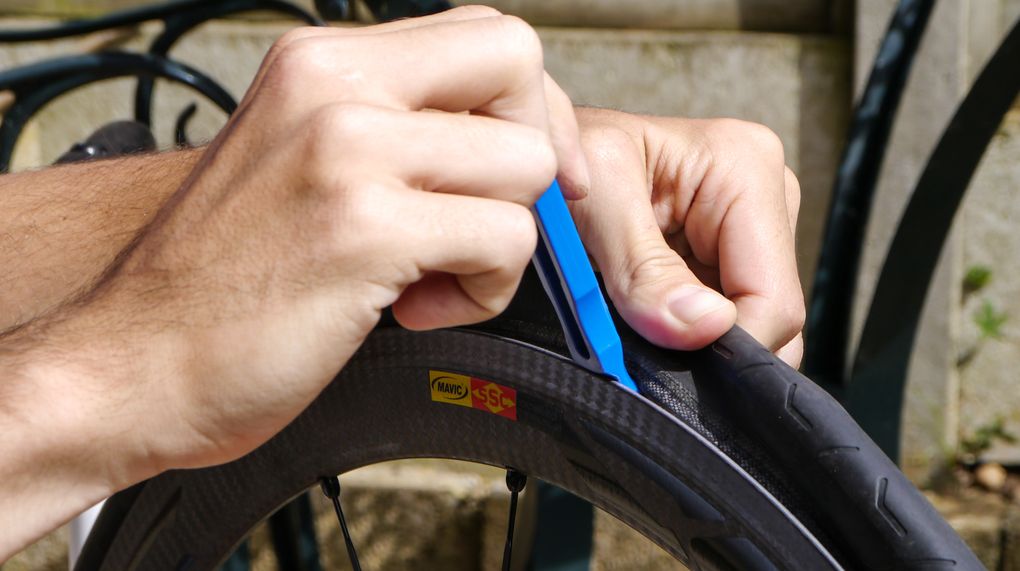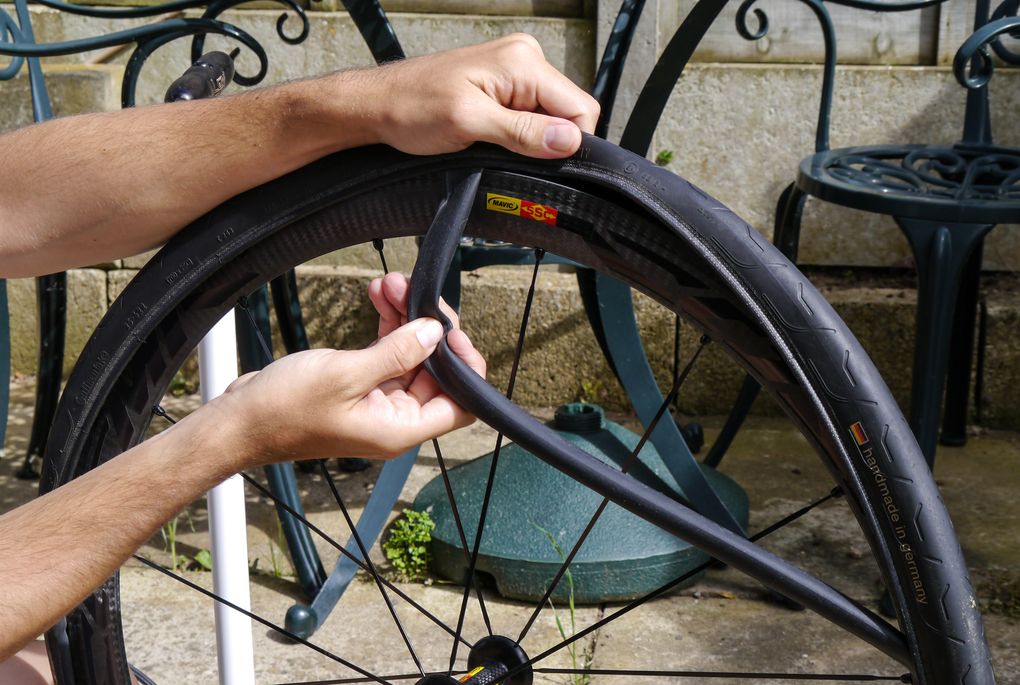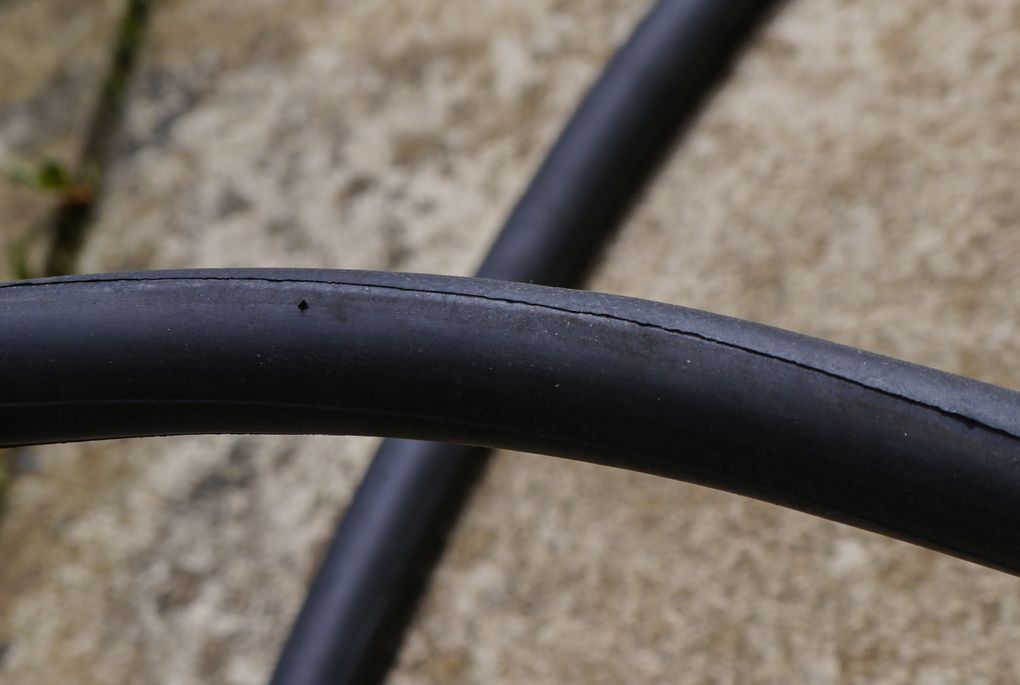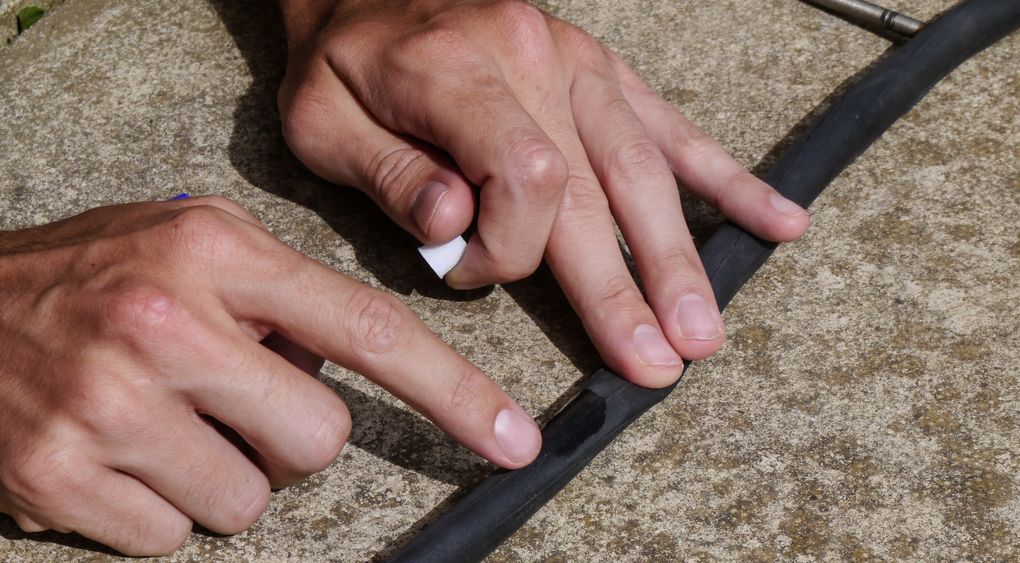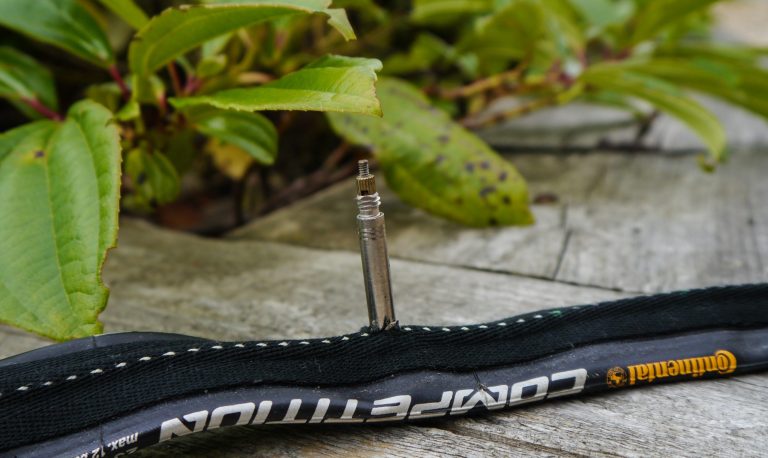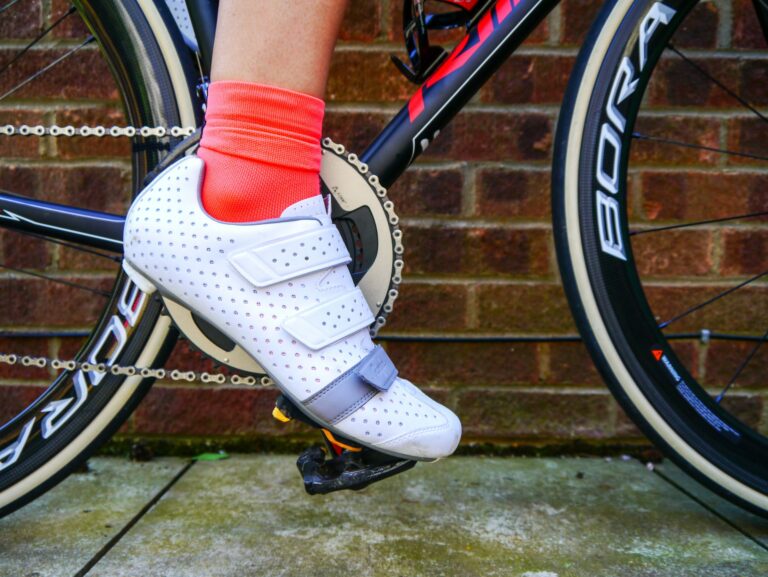Benjamin Franklin reckoned that life had two inevitabilities: death and taxes. If you’re a cyclist, there’s one more thing to add to that list. Punctures.
No matter how smooth your local roads, how tough your tyres, how little you ride in the rain, eventually you will puncture. It’s just one of those things.
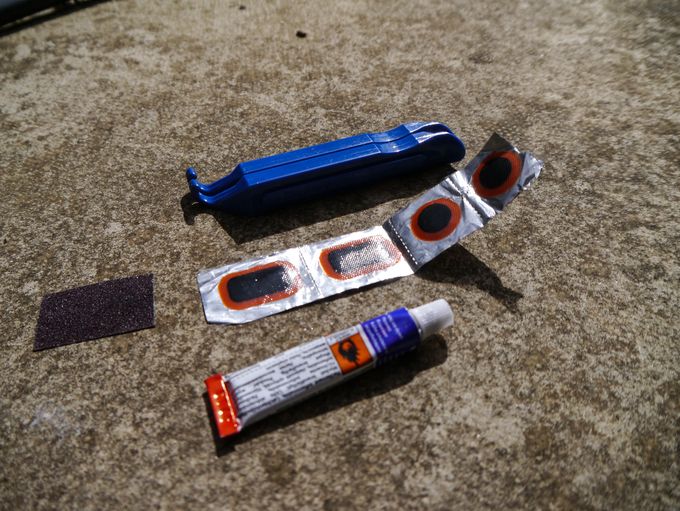
And when you do puncture, you’ll need to know how to fix the punctured inner tube.
Admittedly, you can just change the damaged tube for a new one but unless you have an endless supply of new tubes in your back pockets, you’ll eventually have to face up to repairing the tube itself, even if it’s when you get back home so you can re-use the tube at a later date.
Of course, for starters all this means having a puncture repair kit, and keeping it in your saddlebag should you need it on the road.


